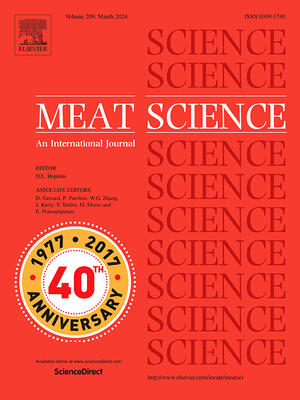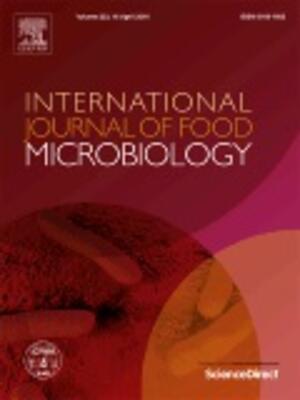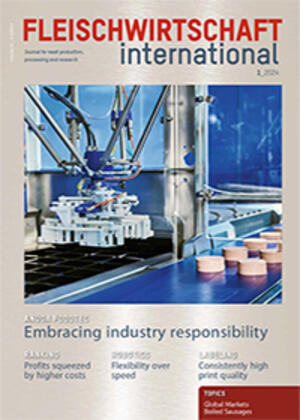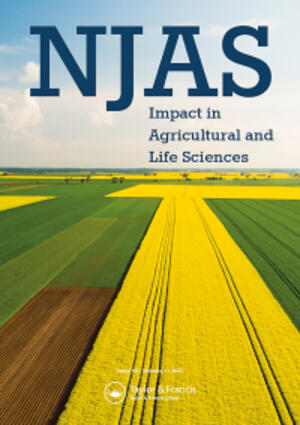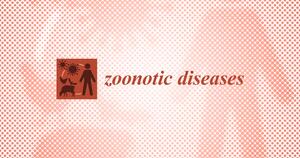
Quantifying enteropathogen contamination along chicken value chains in Maputo, Mozambique: A multidisciplinary and mixed-methods approach to identifying high exposure settings
Abstract
Background:
Small-scale poultry production is widespread and increasing in low- and middle-income countries (LMICs). Exposure to enteropathogens in poultry feces increases the hazard of human infection and related sequela, and the burden of disease due to enteric infection in children < 5 y in particular is substantial. Yet, the containment and management of poultry-associated fecal waste in informal settings in LMICs is largely unregulated.
Objectives:
To improve the understanding of potential exposures to enteropathogens carried by chickens, we used mixed methods to map and quantify microbial hazards along production value chains among broiler, layer, and indigenous chickens in Maputo, Mozambique.
Methods:
To map and describe the value chains, we conducted 77 interviews with key informants working in locations where chickens and related products are sold, raised, and butchered. To quantify microbial hazards, we collected chicken carcasses (n = 75) and fecal samples (n = 136) from chickens along the value chain and assayed them by qPCR for the chicken-associated bacterial enteropathogens C. jejuni/coli and Salmonella spp.
Results:
We identified critical hazard points along the chicken value chains and identified management and food hygiene practices that contribute to potential exposures to chicken-sourced enteropathogens. We detected C. jejuni/coli in 84 (76%) of fecal samples and 52 (84%) of carcass rinses and Salmonella spp. in 13 (11%) of fecal samples and 16 (21%) of carcass rinses. Prevalence and level of contamination increased as chickens progressed along the value chain, from no contamination of broiler chicken feces at the start of the value chain to 100% contamination of carcasses with C. jejuni/coli at informal markets. Few hazard mitigation strategies were found in the informal sector.
Discussion:
High prevalence and concentration of C. jejuni/coli and Salmonella spp. contamination along chicken value chains suggests a high potential for exposure to these enteropathogens associated with chicken production and marketing processes in the informal sector in our study setting. We identified critical control points, such as the carcass rinse step and storage of raw chicken meat, that could be intervened in to mitigate risk, but regulation and enforcement pose challenges. This mixed-methods approach can also provide a model to understand animal value chains, sanitary risks, and associated exposures in other settings.
Citation
Lamar, F., Mucache, H.N., Mondlane-Milisse, A., Jesser, K.J., Victor, C., Fafetine, J.M., Saíde, J.Â.O., Fèvre, E.M., Caruso, B.A., Freeman, M.C. and Levy, K. 2023. Quantifying enteropathogen contamination along chicken value chains in Maputo, Mozambique: A multidisciplinary and mixed-methods approach to identifying high exposure settings. Environmental Health Perspectives 131(11): 117007.





